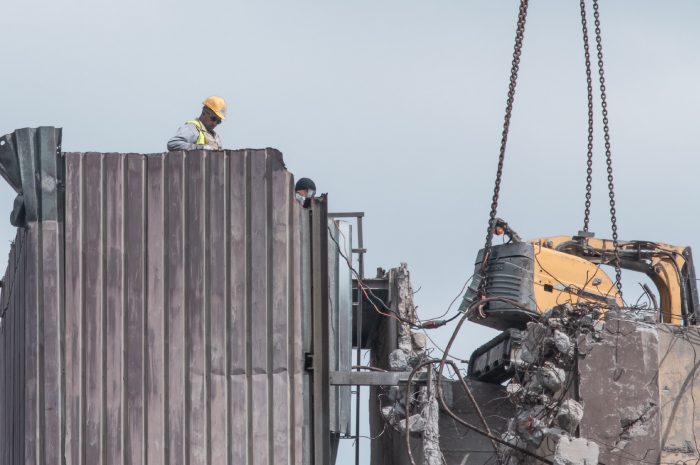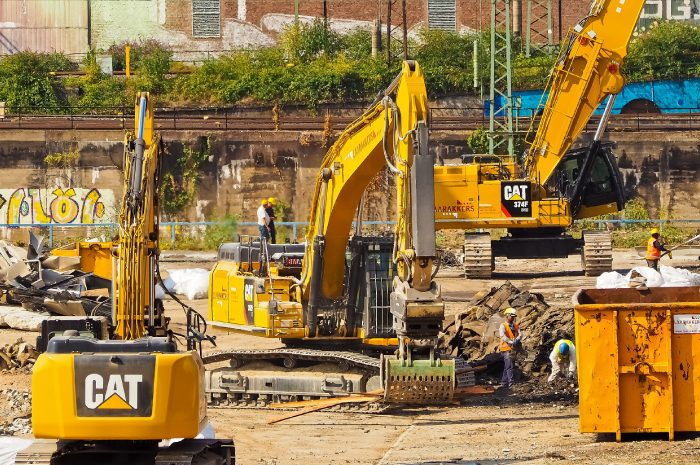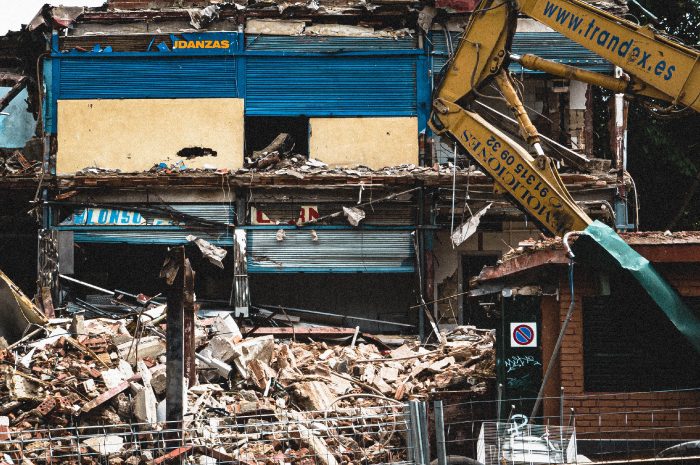
Manual Demolition of Roofs
It is important to consider roof work, when it comes to controlling the risk of falls of persons or objects. Careful consideration should be given to suitable protection of works that are demolishing roofs using mechanical means to remove roofing from work platforms below the roof. For example, roof trusses should be removed by using safe temporary work platforms to ensure that the removal of these trusses does not cause wall instability.
Things you should consider prior to commencing roof demolition or dismantling include fall hazards, structural stability, condition and strength of the roofing materials and the identification of fragile roofing.
Also, crane access, safe worker access and egress fall protection requirements should be checked. Fall protection requirements that have issues like perimeter protection, the availability and strength of anchor points for static lines, inertia reels and lanyards.
Similarly, the suitability of roof structures for safety nets to secure people and rescuing people. You should also check the condition of the roof mesh or safety mesh.
Finally, you should check the methods of raising and lowering equipment and materials. The assessment of manual handling problems, electrical safety which includes power lines in the vicinity and lastly training needs or worker competency.
Fragile roofs
The roof should be inspected to identify that it is structurally adequate to work on. Whether it is adequate to work on or the brittle material or if the roof has a fragile aspect to it.
Fragile or brittle roofing includes those that are made of asbestos cement, cellulose cement, glass panels, fibreglass, acrylic or similar synthetic moulded or fabricated material used to sheath the roof or contained in the roof.
In case asbestos cement roofing is involved, the work should be done based on asbestos related requirements of the WHS Regulations.
When it comes to a fragile roof you should inspect the roof to check the extent of the fragile material, the existence of a safety mesh, its fixings and structural soundness of the roof material, complete the work from a temporary work platform and provide temporary walkways as a means of access to egress from any work area on the roof where permanent walkways are not provided. You should ensure that secure and fix cleats are made on the high pitch roofs’ walkways. There should be temporary roof ladders for steep roofs and provide other fall protection, if necessary.
Roof access
Those that are employed to undertake the business of roof demolition should ensure the responsibility that access from the ground to the actual work area is safe and not hazardous to health. The access arrangements should include scaffolding, temporary work platforms, ladders, and personnel hoists.
Purlin Trolleys
These Purlin trolleys are plant designed to travel to the top of the purlins. These purlins are horizontal beams that run the length of the roof and can be used to support material and workers on the roof. They are otherwise used in the removal of roof coverings. These purlin trolleys are provided with holding brakes and devices to prevent their accidental dislodgment from purlins. Where it is needed, the roof workers will be supported with trolleys with safety harness anchorage points.
Before the Purlin Trolley is placed on the roof structure, a structural engineers should ensure that the roof structure is just right for the trolley and the operational loads that is designed to carry. It is designed and constructed to withstand loads placed on it and purpose of safe movement of materials and persons all across the surface of roof.
You should consider our services to ensure that safe removal and manual demolition of roofs.



